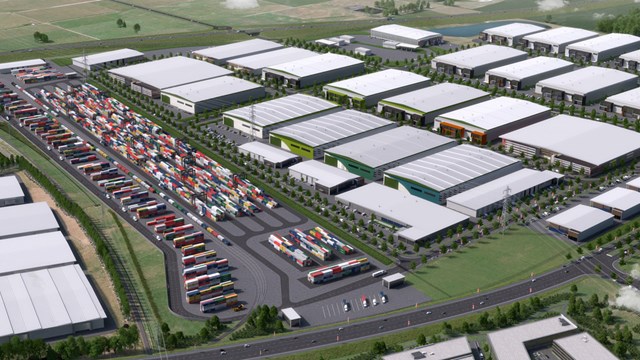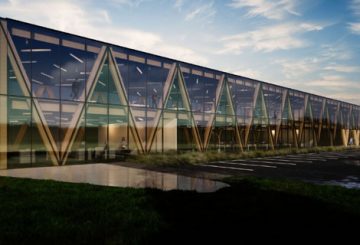ハミルトン郊外に大規模な物流センターと商業・工業複合施設がオープンしました。
ルアクラ・スーパーハブは、完成時には490ヘクタールの敷地になる予定で、16年前から計画されていたものです。
今月初めにオープンしたこのプロジェクトの第一段階には、イーストコースト・メイントランク鉄道線と最近開通したワイカト高速道路の専用インターチェンジを結ぶ「内陸港」が含まれています。また、第一段階には産業用スペースと10ヘクタールの湿地帯も含まれています。
将来的には、大規模な産業・商業・小売エリアを含む複合施設の建設が計画されています。
このプロジェクトは、ワイカト-タイヌイ・イウィ(商業部門であるタイヌイ・グループ・ホールディングスを通じて)とハミルトン市との共同事業です。
タイヌイグループホールディングスのヒネランギ・ラウマティ・トゥウア(Raumati-Tu’ua)会長は、スーパーハブはワイカト-タイヌイウィとワイカト地域の経済の将来を保証するものであると述べました。
「ルアクラ・スーパーハブは、ワイカト-タイヌイの現在と未来の世代のために、重要な社会開発、文化、環境プログラムの資金源となる持続可能な経済利益を創出し続ける超巨大プロジェクトです。
「スーパーハブの恩恵はさらに広範囲に及び、私たちの街、地域、そして国の経済が、ここで建設されるもののポジティブな影響を感じることでしょう。商業、雇用、効率化、住宅、環境改善など、すべてがルアクラ・スーパーハブから生まれ、実際すでに生まれています。
この「内陸港」は、当初は年間最大6万個のコンテナ移動が可能です。この複合施設が完全に開発された暁には、年間100万個まで増加する予定です。
ラウマティ・トゥウア会長は、この複合施設を可能な限り持続可能なものにするために、多大な努力を払ってきたと語った。鉄道の利用が増えれば、スーパーハブが完全に稼働する頃には、年間65,000台のトラックが道路を走らなくて済むようになると予測されています。現在、100万本の在来植物が栽培されており、10ヘクタールの湿地帯に植えられる予定です。
現在、国際企業のKmartやMaersk、国内企業のBig Chill、PBT、Waitomo Groupなどのテナントが決定しています。
ニュージーランド政府はこのプロジェクトに5600万ドルを投資し、ハミルトン市議会とタイヌイグループホールディングスが追加投資しました。





























































